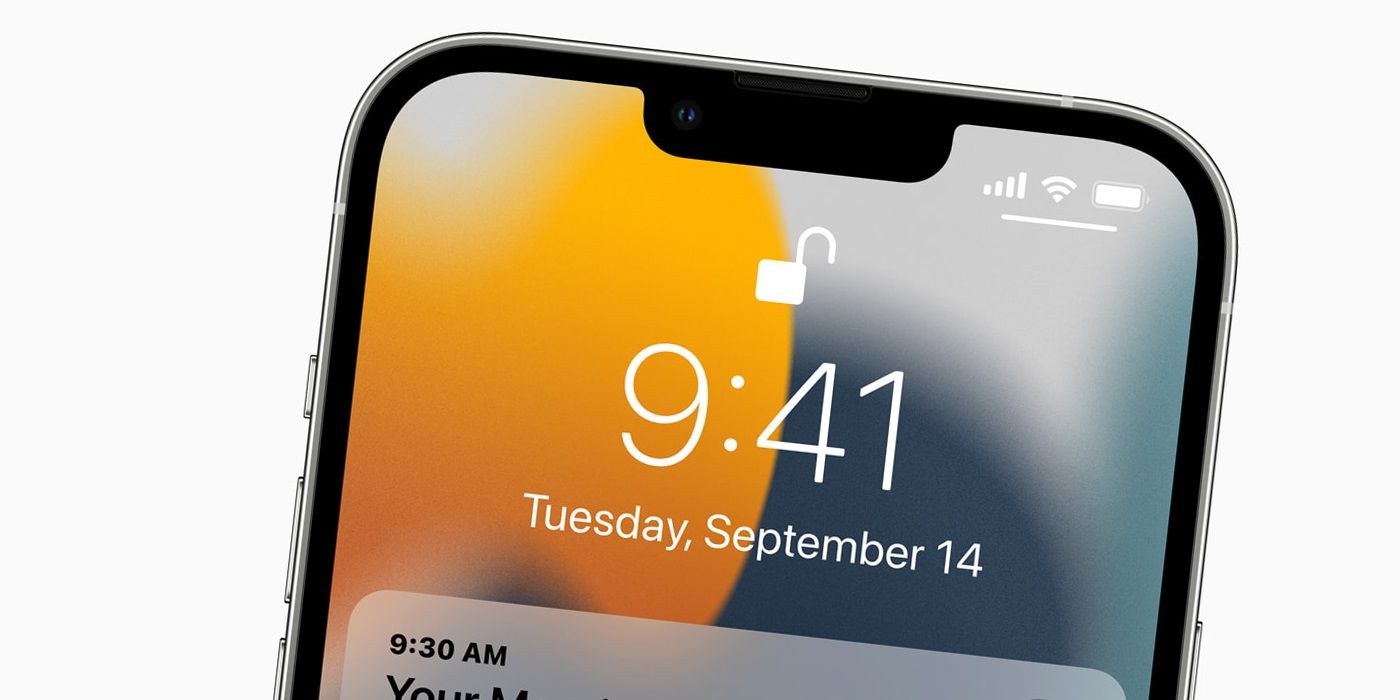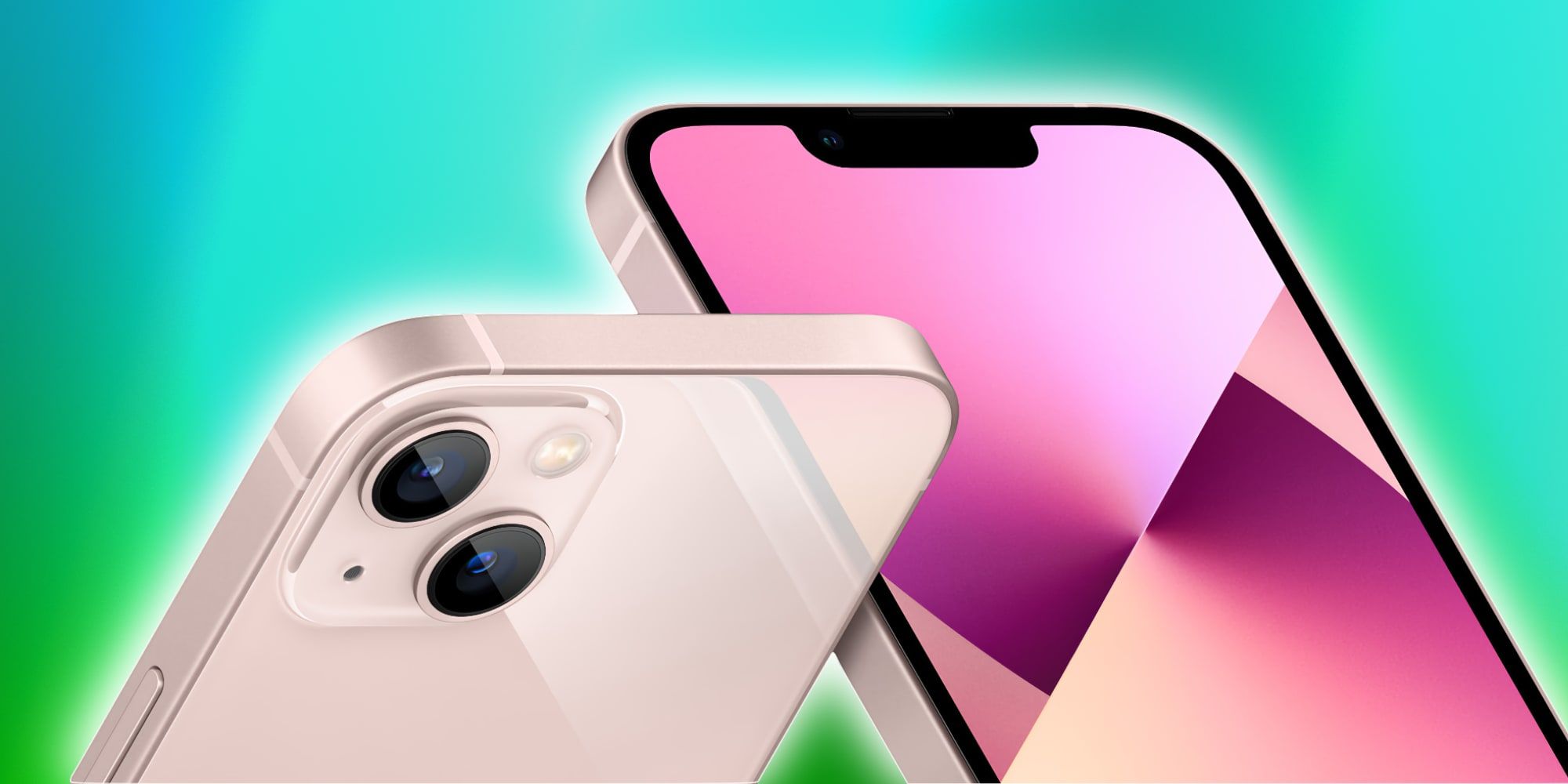Apple is reportedly going to release a software update that will allow iPhone 13's Face ID to remain functional after a third-party screen replacement. It was recently reported that third-party screen replacements end up disabling Face ID, and the only way to get around it was by performing a complex microsoldering process that required moving a microcontroller from the damaged screen to the replacement screen.
The engineers at Apple managed to shrink the notch on iPhone 13-series phones by rearranging the Face ID sensor array. However, what the company didn’t reveal publicly was that it also attached a tiny chip to the display that made a serial number match mandatory for Face ID to work after a screen replacement. For screen replacements done at Apple-approved service centers, access to the company’s proprietary software ensures that the serial number can be matched without having to toy with the microcontroller.
Apple has now told The Verge that it will soon release an iOS update that will no longer require microcontroller swapping to keep the Face ID system working after a screen is replaced by a third-party outlet. Earlier this month, iFixit detailed the whole process of how Apple made it almost impossible for third-party repair experts to perform a screen replacement on an iPhone 13-series phone, primarily due to the new chip beneath the screen. In order to keep Face ID working, the chip has to be removed from the original panel and soldered onto the replacement screen, even if the replacement screen was an original panel taken from another iPhone. Again, all because of the matching serial number requirement.
A Tactic To Choke Independent Repairs
The microcontroller in question needs to be carefully removed under a microscope and then micro-soldered on the replacement screen to avoid an "Unable to activate Face ID on this phone" error message from showing. However, the tools required to perform the whole procedure are quite expensive, making it a less viable option for many third-party repair outlets already operating on slim profit margins. Not to mention, the whole process requires a lot of skill and expertise, and takes a lot more time than a regular screen replacement.
Over the years, Apple has continued to shrink the breathing room for independent repair outlets to operate, by slowly choking the supply of replacement parts available to them. At the same time, partnering with Apple to become an authorized repair outlet is not the most economical move. It is no secret that Apple isn’t a fan of third-party repairs, and its latest iPhone 13 move was further evidence that strong right-to-repair laws are needed to ensure costs don’t continue to skyrocket for customers and independent repair outlets don’t go out of business.
Source: The Verge


